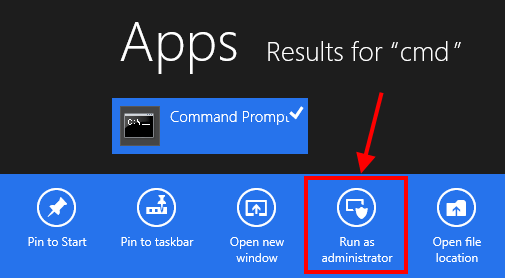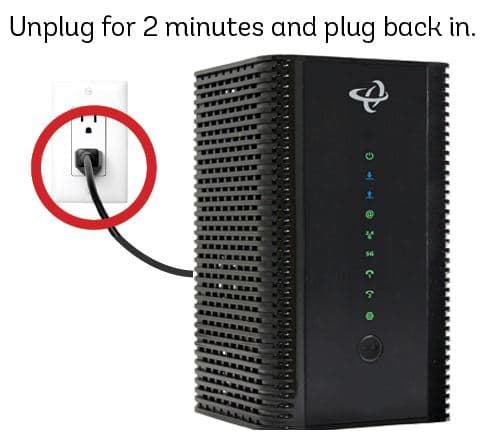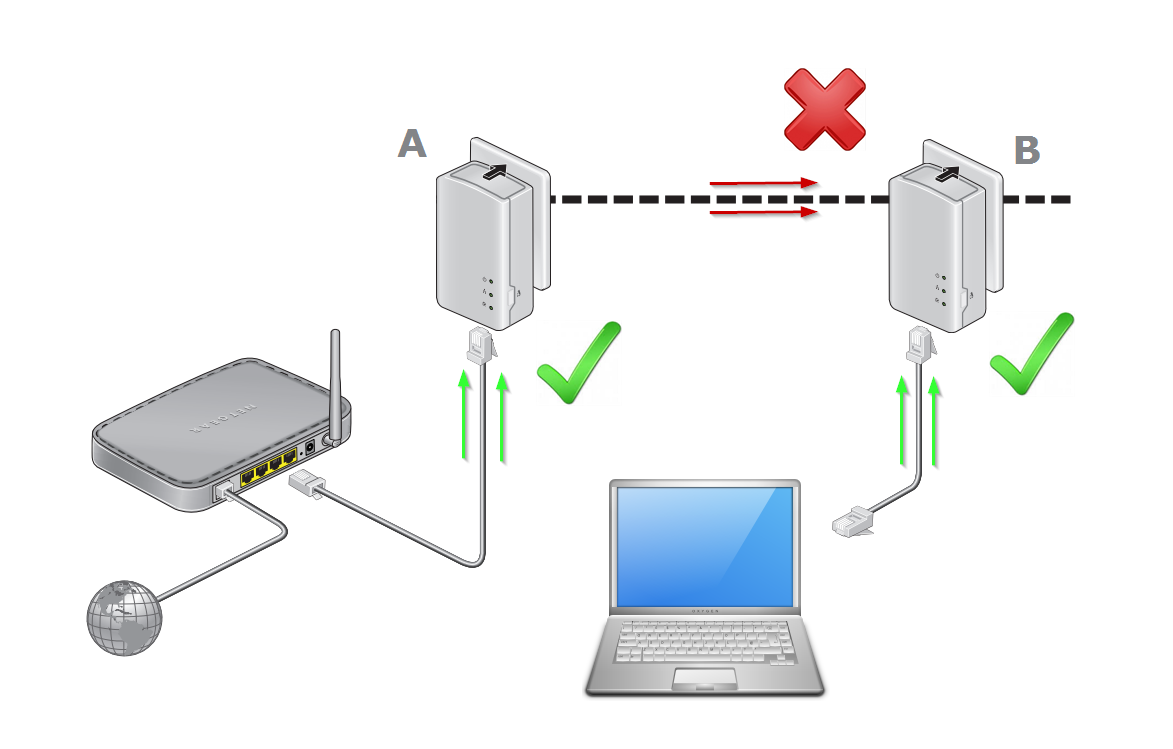Coaxial cables, or coax cables, are essential for seamlessly transmitting signals for TV, radio, and internet. Almost every home has a few coax cables for various purposes. While they perform best when properly grounded and protected, there may be instances when you need to join two coax cables together. This article will guide you through the process step-by-step, making it easy for beginners and experienced users alike.
Understanding Coaxial Cable Structure
Before we dive into connecting coax cables, it’s crucial to understand their structure. A coaxial cable consists of three main components:
- Inner conductor: Usually a solid copper, stranded copper, or copper-plated steel wire that carries the electrical signal.
- Insulation: A dielectric layer that surrounds the inner conductor, providing insulation and maintaining a constant spacing between the inner conductor and outer shield.
- Outer shield: A concentric conducting layer, typically made of woven metallic braid or foil, that protects the inner conductor from electromagnetic interference (EMI) and helps contain the signal within the cable.
The term “coaxial” refers to the inner conductor and outer shield sharing a geometric axis, which is essential for the cable’s efficient function as a transmission line.
Why Join Coax Cables?
There are several reasons why you might need to join two coax cables:
- The existing cable is not long enough to reach the desired destination.
- A cable has been damaged, and you need to repair it by splicing in a new section.
- You want to create a custom length cable for a specific application.
Buying a new, longer cable is an option, but it can be more expensive than simply joining two shorter cables together. By learning how to connect coax cables properly, you can save money and solve problems quickly.
Tools and Materials Needed
To join two coax cables, you will need the following:
- Coaxial cable coupler (female-to-female adapter)
- 2 F-type coaxial cable connectors (male)
- Coaxial cable stripping tool or utility knife
- Wire cutters
- Measuring tape or ruler
Make sure you have all the necessary tools and materials before beginning the process.
Step-by-Step Guide: Joining Coax Cables
Follow these steps carefully to ensure a proper connection and minimize signal loss:
- Prepare the cables:
- Measure and mark about 1/2 inch (12 mm) from the end of each coax cable.
- Using the coaxial cable stripping tool or utility knife, carefully remove the outer jacket up to the mark. Be cautious not to cut into the braided shield beneath.
- Expose the dielectric and center conductor:
- Fold back the braided shield to expose the dielectric insulation underneath.
- If you have a double-shielded cable, you will need to remove the foil shield as well.
- Using the stripping tool or knife, carefully remove the dielectric insulation to expose about 1/8 inch (3 mm) of the center conductor.
- Attach the F-type connectors:
- Slide an F-type connector over each prepared cable end, threading it onto the outer jacket.
- Ensure the connector’s pin slides smoothly between the dielectric insulation and the center conductor.
- Crimp or compress the connector using the appropriate tool to secure it in place.
- Trim any excess center conductor protruding beyond the connector using wire cutters, leaving about 1/16 inch (1.5 mm).
- Connect the cables:
- Screw each F-type connector into the opposite ends of the coaxial cable coupler.
- Hand-tighten the connectors firmly to ensure a secure connection.
- Test the connection:
- Connect the joined cable to your TV, radio, or other device.
- Check for proper signal reception and picture/sound quality.
- If you experience issues, double-check your connections and ensure there are no loose fittings or damaged components.
Tips for a Successful Coax Cable Connection
- Use high-quality components: Invest in good connectors and couplers to minimize signal loss and ensure longevity.
- Keep cables away from interference: Route coax cables away from power lines, fluorescent lights, and other potential sources of EMI.
- Avoid sharp bends: Maintain a minimum bend radius of about 5 times the cable diameter to prevent damage and signal degradation.
- Properly terminate unused connections: Use terminator caps on any unused coax outlets to prevent signal leakage and interference.
When to Seek Professional Help
While joining coax cables is a relatively simple process, there may be instances where it’s best to seek professional assistance:
- If you are unsure about any step in the process and want to avoid damaging the cables or components.
- When dealing with complex installations involving multiple splits or long cable runs.
- If you experience persistent signal issues after joining the cables, indicating a more significant problem.
Conclusion
Joining two coax cables is a straightforward and cost-effective solution when you need a longer cable or want to repair a damaged one. By understanding the cable’s structure, gathering the necessary tools and materials, and following the step-by-step guide, you can successfully connect coax cables and maintain a strong, stable signal. Remember to use quality components, avoid interference, and properly terminate unused connections for optimal performance. If you encounter any difficulties or have concerns, don’t hesitate to seek professional help.
FAQs
- Can I use electrical tape to join coax cables?
- No, electrical tape does not provide the necessary shielding and connection stability. Always use proper coaxial connectors and couplers.
- Will joining coax cables affect my signal quality?
- When done correctly with quality components, joining coax cables should have minimal impact on signal quality. However, multiple joints or poor connections can lead to signal degradation.
- Can I join different types of coax cables?
- It’s best to join cables of the same type (e.g., RG-6 to RG-6) to ensure proper impedance matching and signal integrity. Consult a professional if you need to connect different cable types.
- How can I troubleshoot poor signal after joining cables?
- Double-check all connections for tightness and proper installation. Ensure there are no sharp bends or damage to the cables. If issues persist, consider replacing the connectors or consulting a professional.
- Can I bury joined coax cables underground?
- Yes, but make sure to use cables and connectors rated for direct burial to prevent moisture damage. Follow local regulations for underground cable installation.
By following this guide and keeping these tips in mind, you’ll be well-equipped to join coax cables successfully and maintain a reliable signal for your TV, radio, or internet needs.







